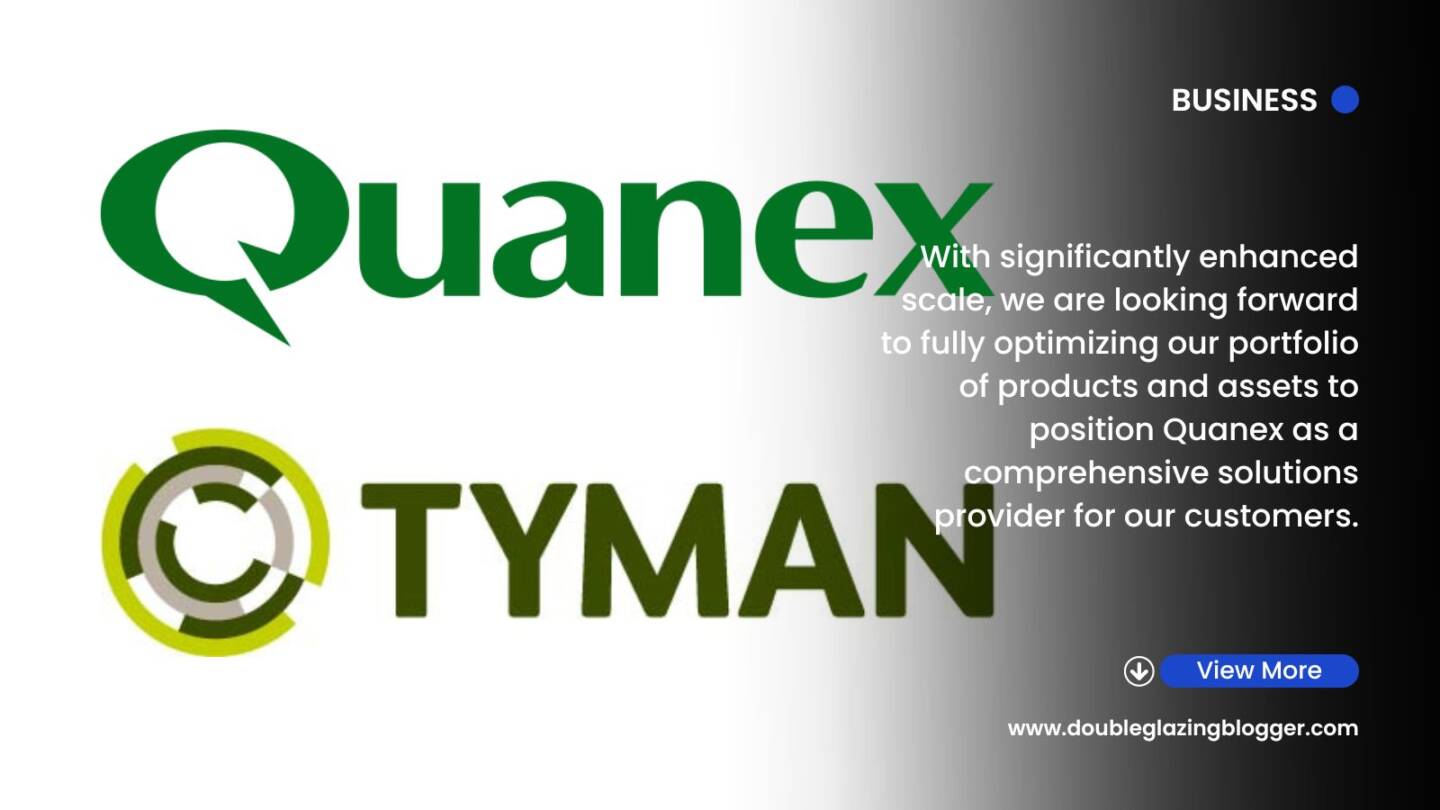Right now, composite doors reign supreme when it comes to the entrance door market. It has been one of the fastest growing, most profitable sectors in our industry for many years now. Ask a home owner what they would go for if they were to pick a new door and chances are it might be a composite door.
How long can that dominance last? Nothing lasts forever, especially in our market which only seems to grow ever more competitive each year. Well, I think a challenge to the composite door market could come from the timber door sector. Let me explain why.
Synseal’s Masterdor a bell-weather?
Remember when Synseal bought Manse Masterdor at the end of 2014? If not, you can read up on that here. Just over two years since, Synseal have been hard at work integrating the brand into their wider group portfolio, and from the outside looking in, the work appears to be paying off. If you follow Synseal on social media, or CEO David Leng on LinkedIn, you may have noticed a step up in activity around the Masterdor product and brand.
Masterdor is advertised as a “timber engineered door” which has designed out the flaws that true timber doors have. This is how Synseal describe the USPs of their Masterdor versus a traditional true timber door:

Credit: Synseal Masterdor
Those 8 points address the tried and tested problems of old timber doors which led to the rise of PVCu doors. I have not seen a Masterdor in person or reviewed it in anyway, so I can’t verify for sure that these boxes are indeed ticked. However, lets take them at face value for now and assume that the product delivers on it’s promises. That’s a hell of a door.
Synseal have been energetic around the product, showing off line after line of doors going through their production facilities. By all accounts, sales of the door are on the rise.
So can we use Synseal’s Masterdor as a bell-weather product? Is a rise in sales of this particular timber door an early sign of a paradigm shift? It could be. Look at how the industry has evolved over the past few years. More and more PVCu and aluminium products have developed to try and replicate the features of timber. There’s a record number of flush window systems in the market right now. Even many of the composite door designs draw on features of timber doors. So perhaps it is possible that some percentage of home owners are now going in search of a 21st century timber door that has evolved beyond the problems of previous generation timber doors.
Flattery in design has helped open the door
All the higher end PVCu and entrance door product take their design features from the world of windows. Thanks to changing demand from home owners, and a desire for more choice, the PVCu and entrance door markets looked to timber for their advancements. Especially composite doors. Now, that flattery in design might be the very thing that has opened the door back up for timber doors.
A home owner looking for a new front door will go around to showrooms looking for inspiration. If they go to a well equipped showroom that shows them a wide and varied range of designs, they may well see a range of doors that mimic timber door designs of old. So if they’re going to buy something that looks like wood, then why not look at a wood option too? That could be a scenario that we see rising as home owners become more educated about the increasing modern timber door options now available.
And lets be fair, the timber doors coming out of some of the industry’s foremost innovative producers are sexy. I used Masterdor as an example, but you only need to look at other manufacturers such as Kloeber, timberwindows.com and Bereco to see the quality of their own wares too. There’s some seriously sexy wood doors being made right now.
And take a look at the timber industry itself. There’s a noticeable rise in the number of specialist timber window and door manufacturers. That’s not something that’s been forced, rather than something in response to growing demand. Over the next five to ten years I expect this to continue as growing home owner demand for choice means more material options need to be provided.
However, I think the potential for timber remains highest in the entrance door market. Even though many of the higher end options will come with a price tag higher than most other alternatives, we could see timber doors start to grow quite dramatically in the next five to ten years. As far as I see it in recent trends, home owners now see entrance door purchases, especially front entrance doors, as an aspirational purchase. One to get excited about. One they can bespoke build. A 21st century engineered timber door, that comes with unlimited choice in colour, design and hardware, is a product with a ton of sales potential.
It will take a bit of time though. The composite door market is still in ascendancy and still has plenty of room to grow. I do believe though that we are seeing a renaissance in the timber doors market, and we could be looking at a very large sub-sector within the next decade.
To get weekly updates from DGB sent to your inbox, enter your email address in the space below to subscribe:







Come and have a look at the factory in person (and anyone else that fancies a look) – we are very proud of what we are doing there and have seen a marked uptick in customers that want something more than a composite -I will show you round myself